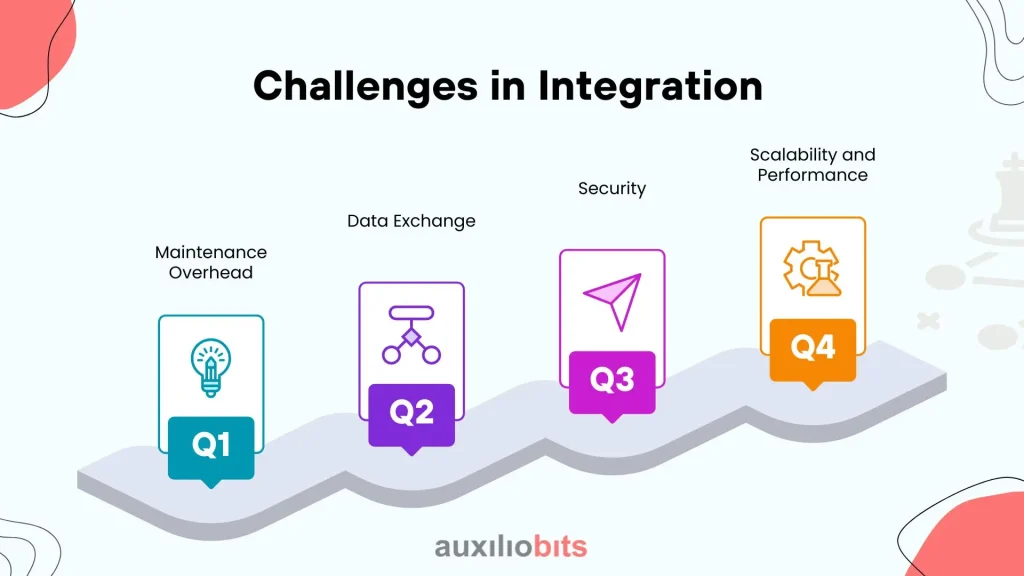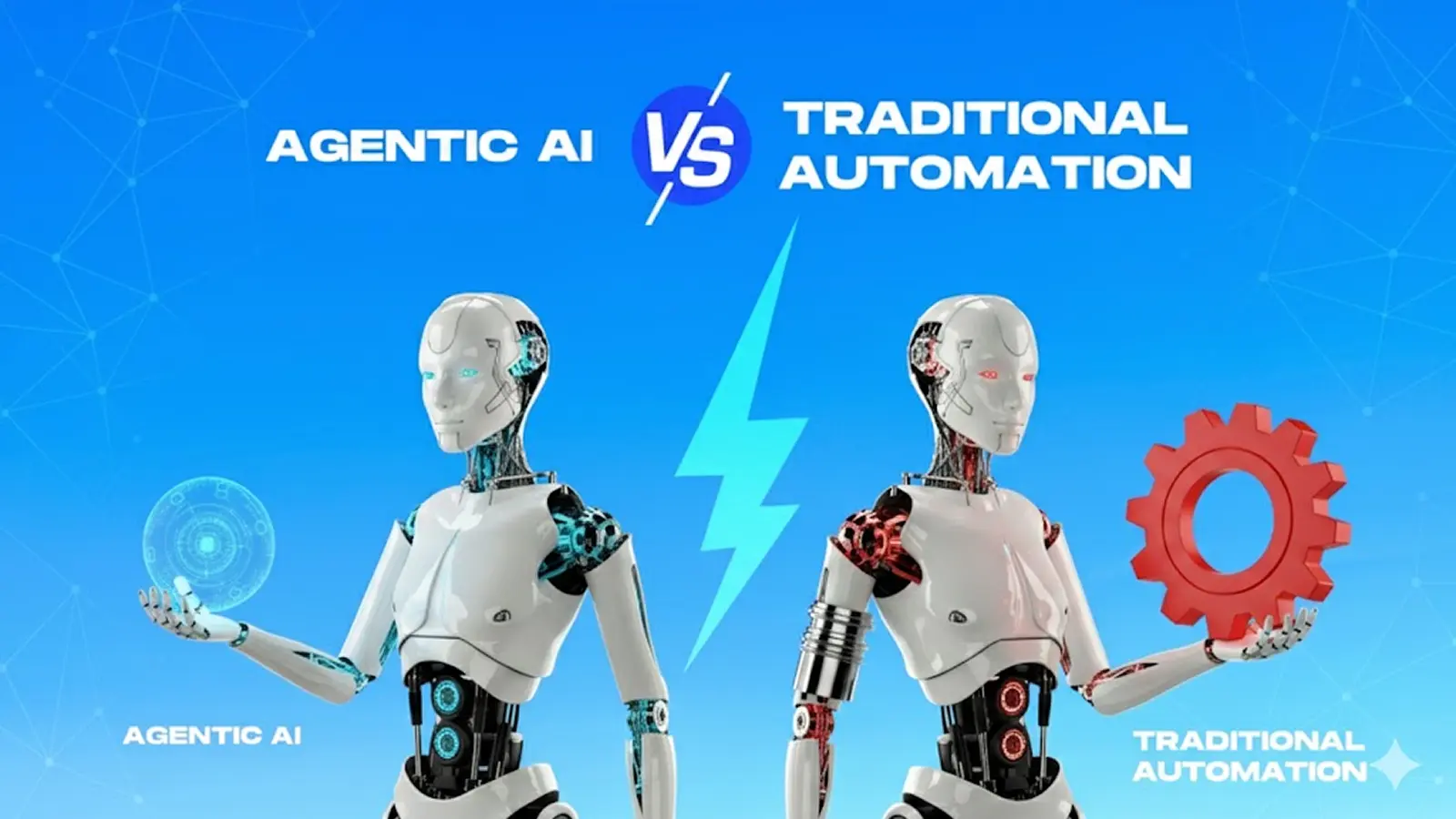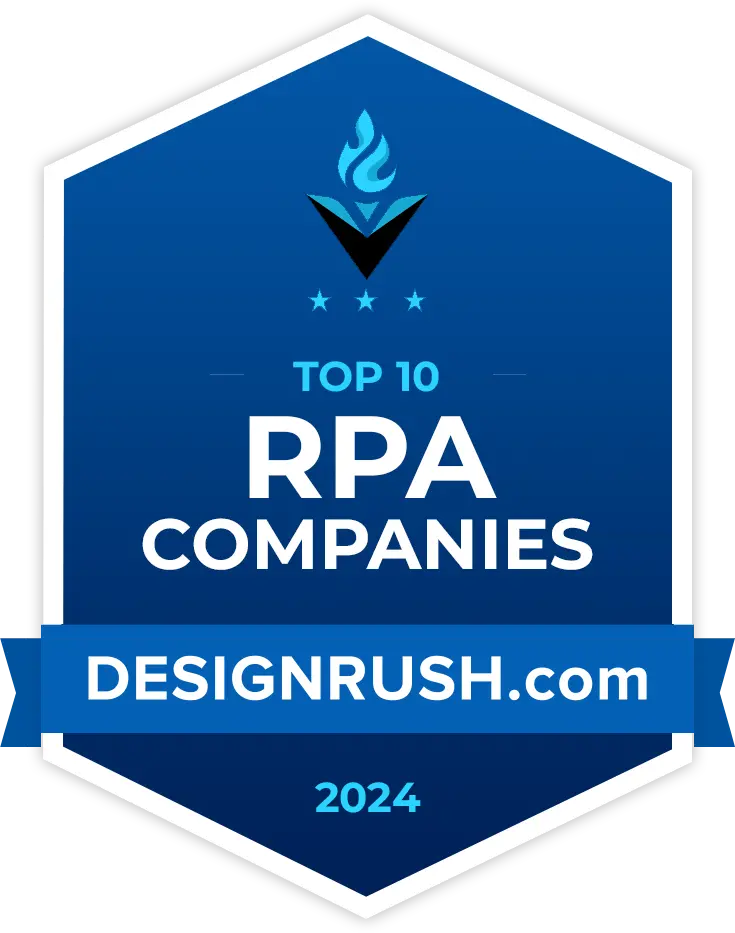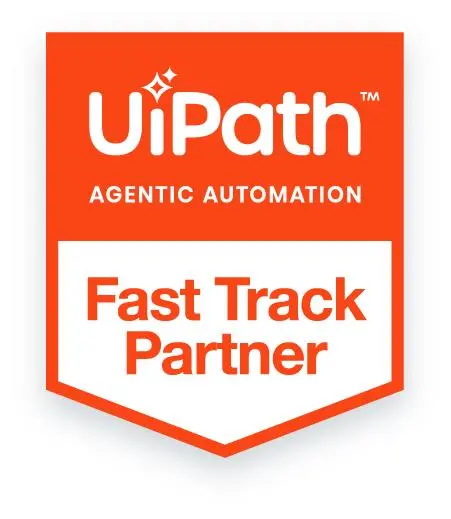
Key Takeaways
- Oracle, SAP, and Workday are the primary pillars of enterprise solutions, each handling specific business domains, such as finance, HR, operations, and workforce management.
- Cross-platform automation is necessary to integrate the functionality of individual components into a single, unified system.
- Integration techniques, such as API-based connections, RPA, iPaaS, and Message Queues/Event Buses, help achieve global functionality and enable data exchange among these individual components.
- Challenges in integration include maintenance, data compatibility, security compliance (such as SOX and GDPR), and scalability issues, among others. To perform cross-automation, solutions to these challenges must be identified.
- Setting up automation correctly is critical. It demands a clear roadmap, the right tools, robust security, and thorough end-to-end testing.
- Best practices involve using stable APIs (such as V2), implementing robust error handling, utilizing secure tokens, and validating with both positive and negative test scenarios.
In today’s tech-driven era, businesses mainly rely on Oracle, SAP, and Workday, which have become the essential pillars of the enterprise world.
Oracle facilitates businesses in database management, financial management, payroll management, and employee details, and serves as a backend for numerous applications.
SAP enables companies to integrate different functions and processes into a unified system, improving efficiency, data management, and decision-making. It supports areas such as Enterprise Resource Planning (ERP), Customer Relationship Management (CRM), Supply Chain Management (SCM), and Human Capital Management (HCM).
Workday helps organizations manage all aspects of their workforce, including benefits, employee learning, payroll, performance management, talent acquisition, and time tracking.
Cross-platform automation refers to the integration of Oracle, SAP, and Workday, enabling them to communicate with each other and perform various functions. In this blog, I will primarily focus on the benefits, challenges, and multiple applications of integrating all three platforms.
Integration Techniques
Integration techniques refer to the methods through which we can connect these platforms and integrate them to perform as a single system. These techniques involve the use of Robotic Process Automation, Application Programming Interface, and various other approaches.
1. API-Based: Oracle, SAP, and Workday support API-based integration. REST API can be used to communicate with each other using a standard approach.
Use Case: Suppose a company hires a new joinee. The HR team creates an account in Workday for him, and then a job is scheduled by a trigger that sends the new joiner’s data to Oracle. Then, Oracle sets up the payroll for the new employee and triggers SAP, which assigns the employee to the appropriate cost center and grants them the required access.
2. RPA: Robotic Process Automation can also be used to reliably and accurately connect all three platforms. RPA utilizes UI automation and data scraping technology, which can be leveraged for data exchange.
Use Case: Suppose a company hires a new joinee. A bot is triggered, which extracts details of the new joiner from the Workday portal and enters the data into the Oracle database. Then, the bot logs into the SAP Graphical User Interface and assigns the user the appropriate permission, department, and cost center.
3. Integration Platform as a Service (iPaaS): Various cloud-based integration solutions provide services to multiple companies, facilitating the connection of disparate systems, automating data exchange processes, and orchestrating business processes.
Some of the leading iPaaS providers are MuleSoft, Boomi, Workato, Jitterbit, and SnapLogic.
These service providers use pre-built connectors to exchange data and communicate with other components.
4. Message Queues and Event Buses: Message Queues and Event Buses enable time-independent and flexible communication between systems by passing messages or events between applications in real-time.
A few companies that use Message Queues and Event Buses are Apache Kafka, Azure Service Bus, and AWS EventBridge.
Challenges in Integration

1. Maintenance Overhead: Promptly installing updates and maintaining each platform are essential to ensure smooth functioning.
2. Data Exchange: For the exchange of data, the information must be aligned across all three platforms. Data should contain a standard part that can be used to refer to the same data on other platforms, such as Employee ID or Account Name.
3. Security: The data exchange should be performed reliably and in compliance with various regulations, such as SOX and GDPR.
4. Scalability and Performance: A large volume of data and data types can strain integration solutions.
How to Set Up Automation the Right Way?
Setting up automation in the right way is highly important because the setup’s functioning depends on the configuration approach to a great extent. One must follow best practices when setting up automation, which involves adhering to the planned roadmap, utilizing the appropriate tools in the setup, implementing security measures, and conducting proper end-to-end testing.
1. Define a Clear Roadmap:
For smooth automation, the integration process should be predefined with a thorough understanding of the functioning and limitations of each component, ensuring it doesn’t impact the integration.
2. API:
The V2 API should be preferred because it is highly stable and reliable. It can be used for a smooth automation process. V2 APIs are easy to use, scalable, and require minimal maintenance.
3. Error Handling and Monitoring:
Implement error-handling mechanisms and proper retry mechanisms using try-catch blocks to handle edge cases. Process monitoring ensures no transaction is hampered.
4. Secure Integrations:
All integrations should be implemented in a highly secure environment, ensuring data encryption and decryption, role-based authentication, and OAuth using access tokens, bearer tokens, and other secure protocols.
5. Testing:
To ensure successful integration with scalability, accuracy, and performance, proper testing must be conducted, and all positive and negative cases should be thoroughly tested before deployment.
Conclusion
Despite some limitations and challenges in integration, various real-time applications require the integration of SAP, Workday, and Oracle. Growing enterprises demand a formulated approach to achieve complex tasks by connecting multiple tools that perform different functions independently. Companies need to build ecosystems that connect various autonomous systems. These custom connectors help in solving significant, complex problems by breaking them down into smaller, manageable tasks.
By employing a structured approach and efficiently utilizing existing resources, along with implementing proper safety measures, a robust ecosystem can be created that is capable of achieving tasks that may initially seem impossible.








